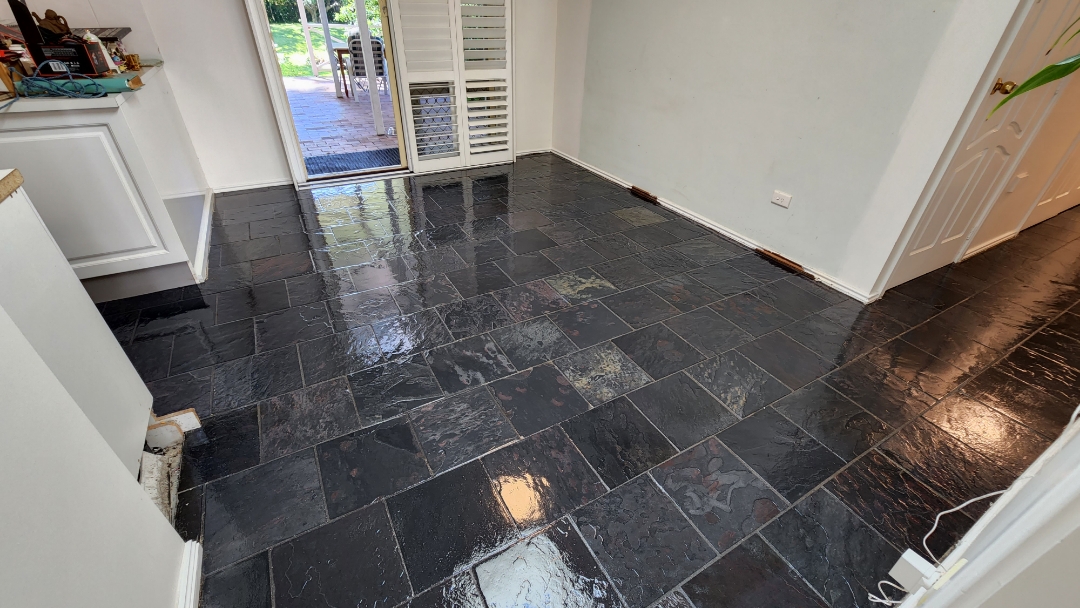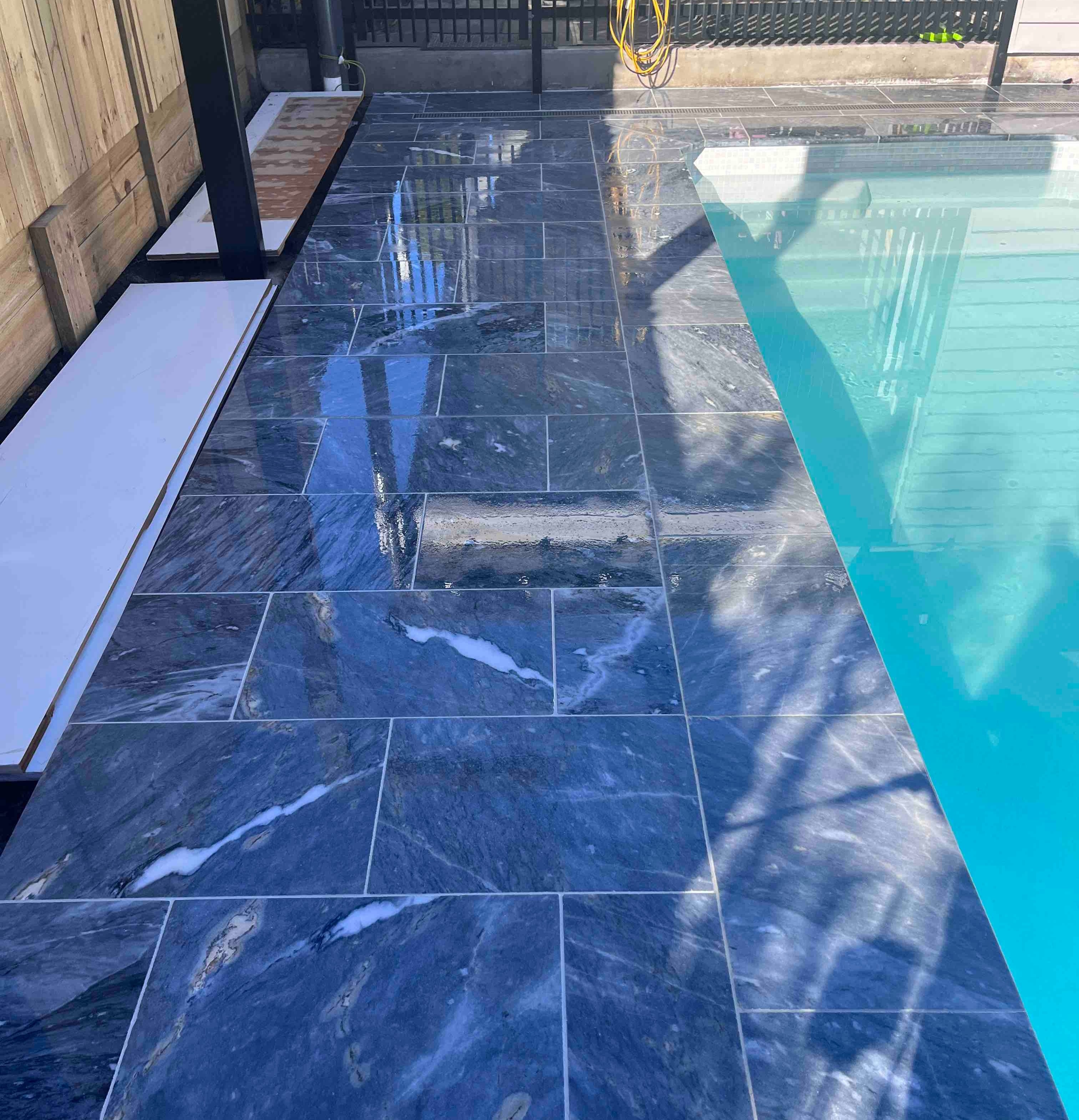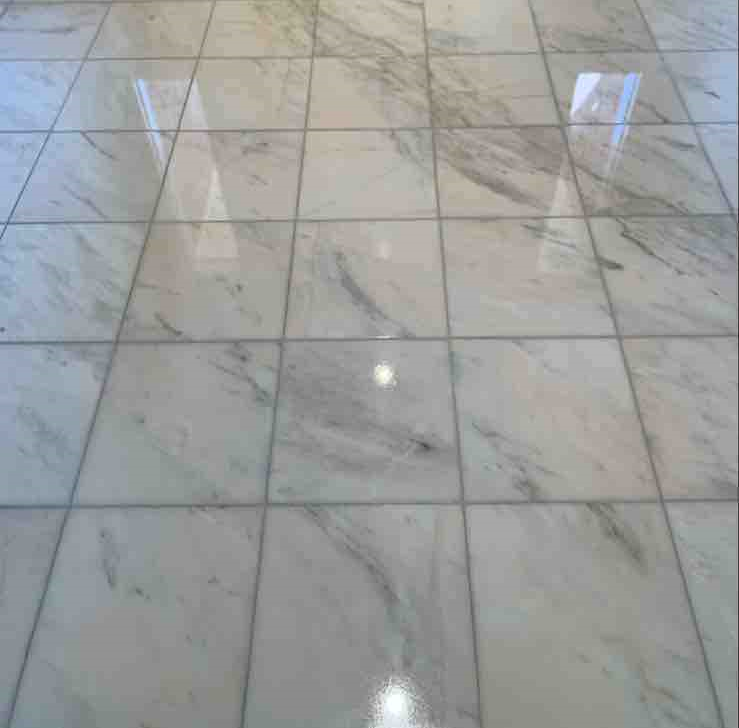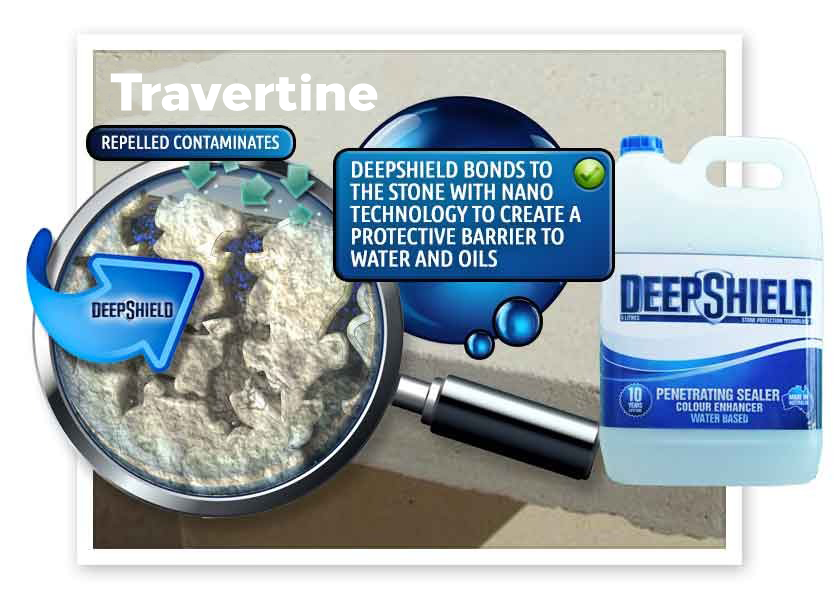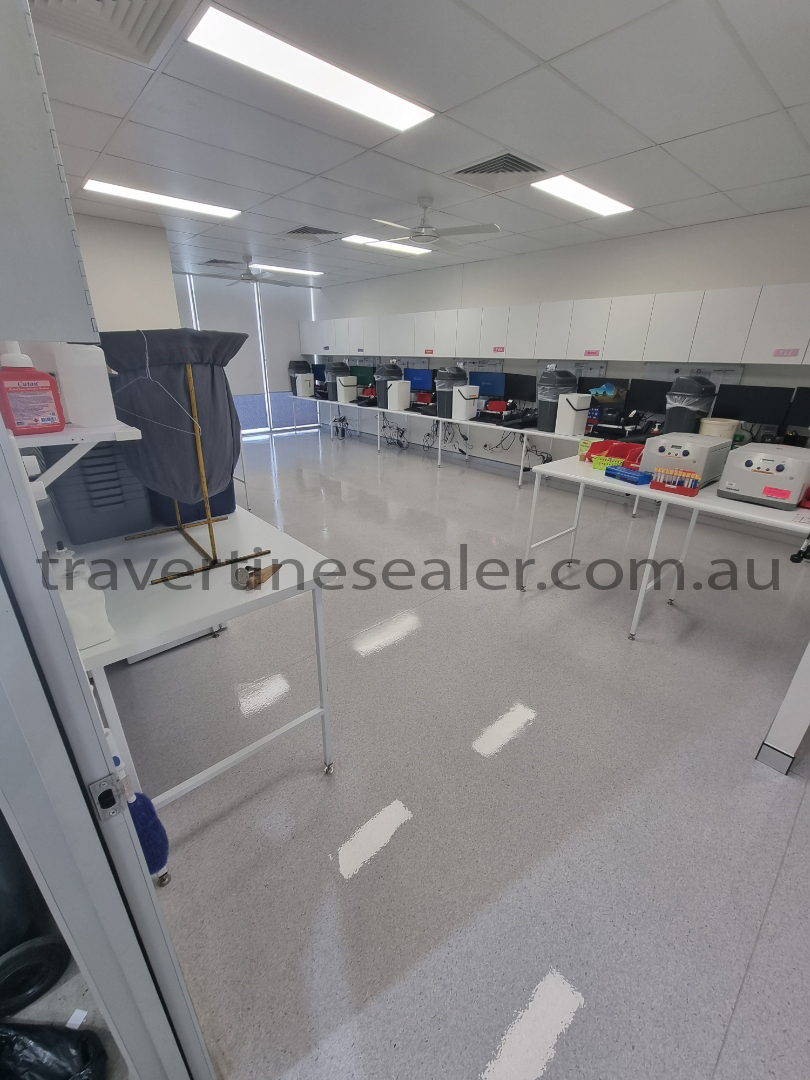Importantly, as travertine is sensitive to acids, it's crucial to use solutions that won't harm the stone. Always test any product in an inconspicuous area beforehand.
In the initial stages, efflorescence can be eliminated using specific non-acidic cleaning solutions and an abrasive nylon pad. However, once it becomes insoluble, removal can prove challenging. In advanced stages, specialized equipment and removal solutions may be necessary for efflorescence removal from travertine.
Once the removal process is complete and the surface is thoroughly dry, it's advisable to reseal your travertine using a long-lasting penetrating sealer . This helps significantly reduce water absorption.
Efflorescence can indeed be removed, but it serves as an indicator of an underlying issue that must be addressed to prevent recurrence.
Water infiltration into the tiling system can be reduced by methods such as binding, waterproofing, and sealing, among others. By eliminating water, efflorescence formation can be prevented.
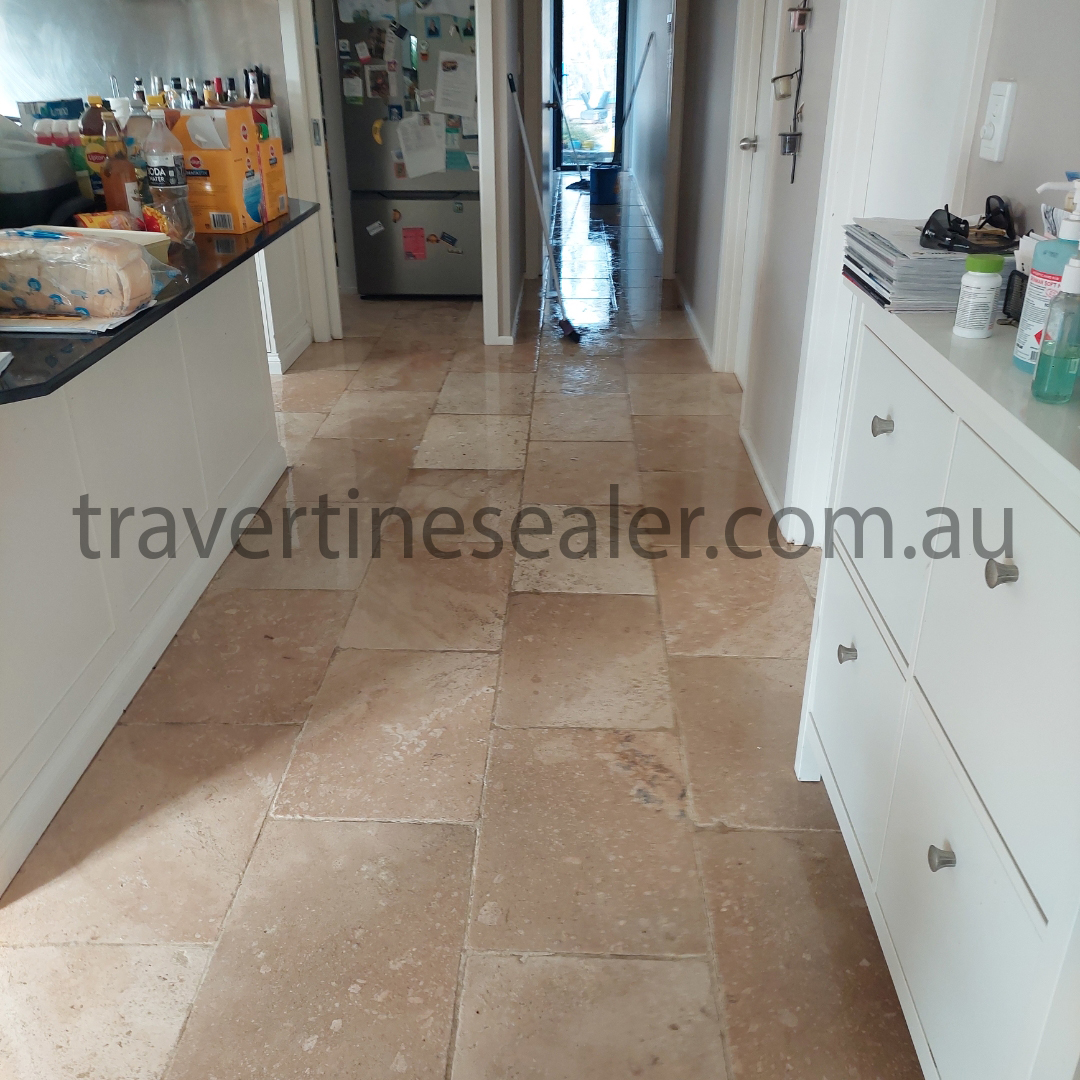
The two primary principles for reducing efflorescence are to limit water ingress into the tiling system and to channel any water that does penetrate the tiling system towards a designated outlet.
Applying a penetrating sealer to travertine will prevent water absorption while enabling the stone to release any accumulated vapor. Unsealed travertine that has absorbed moisture can lead to efflorescence deposition on the surface as the moisture evaporates.
It's advisable to steer clear of topical coatings that block the pores of travertine. Such coatings have the potential to trap water within the material, posing a risk of creating a dangerously slippery surface when wet.



